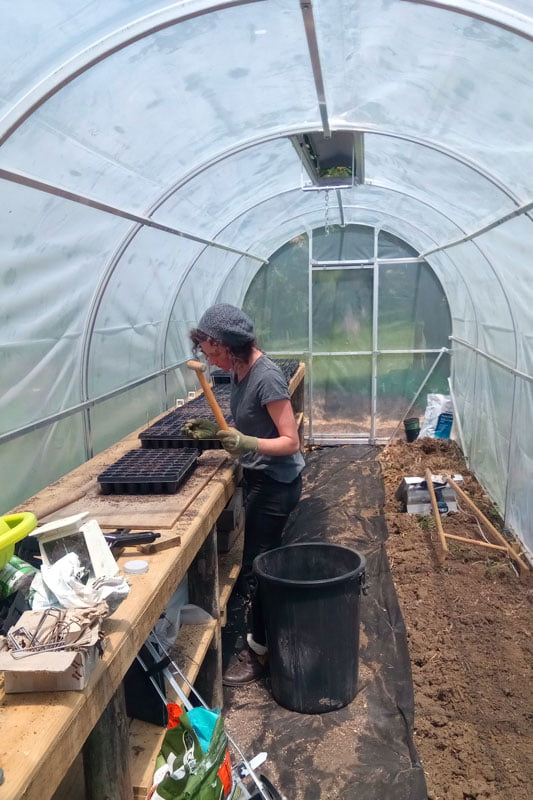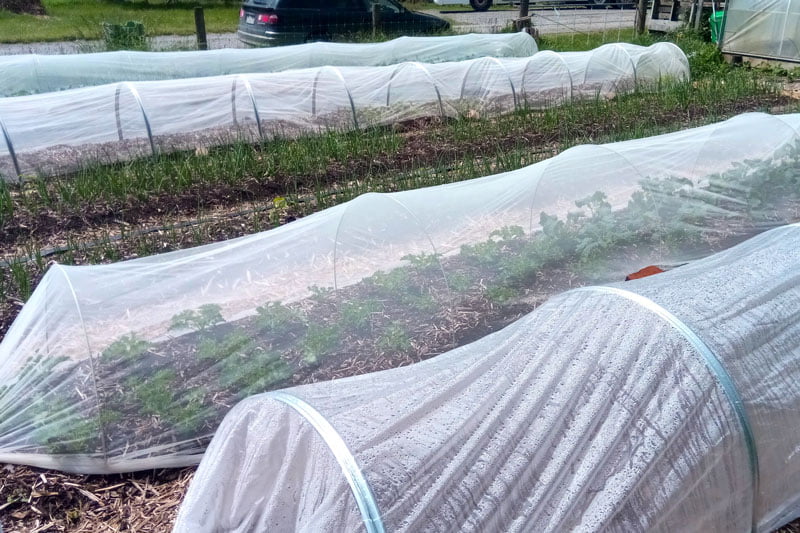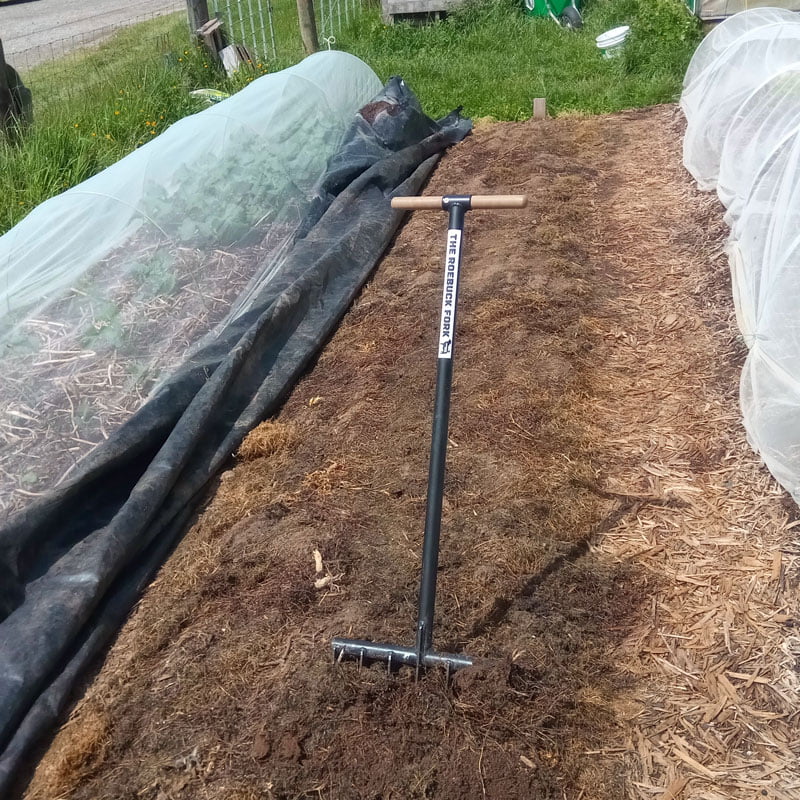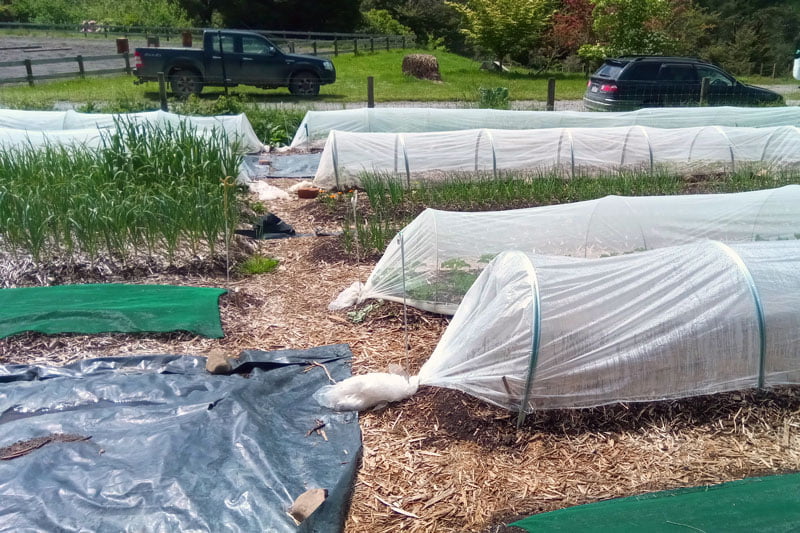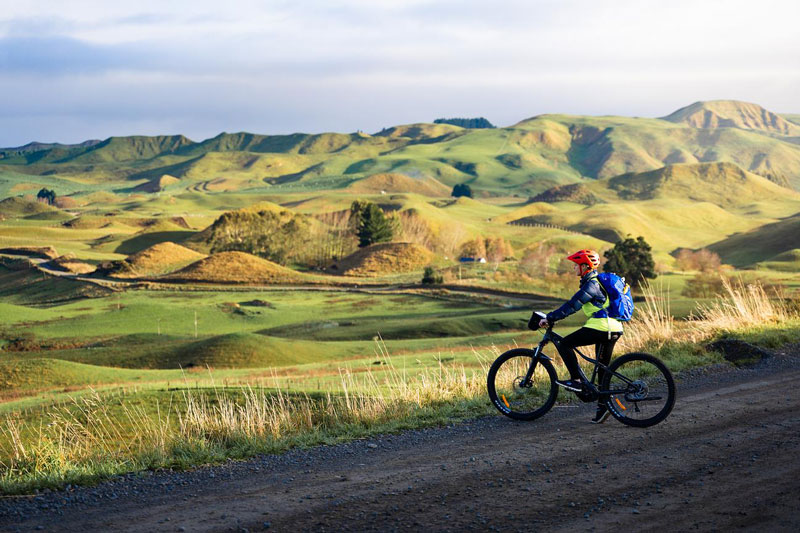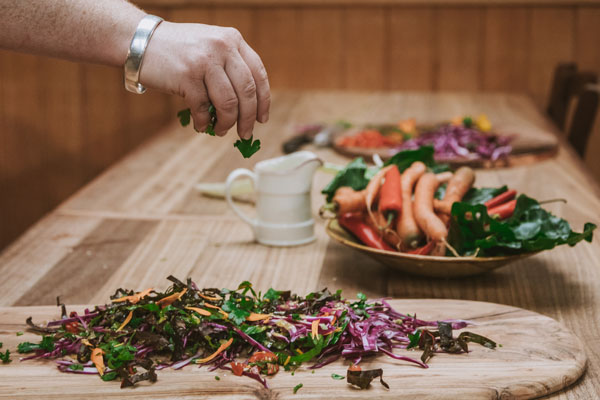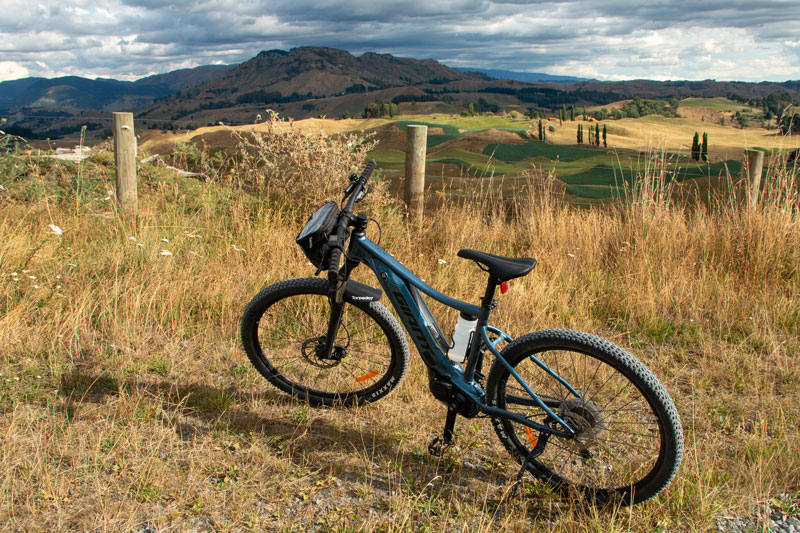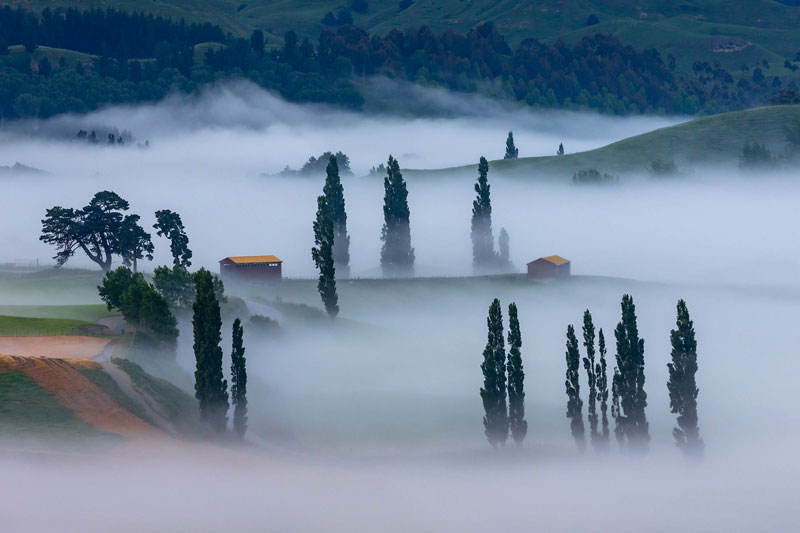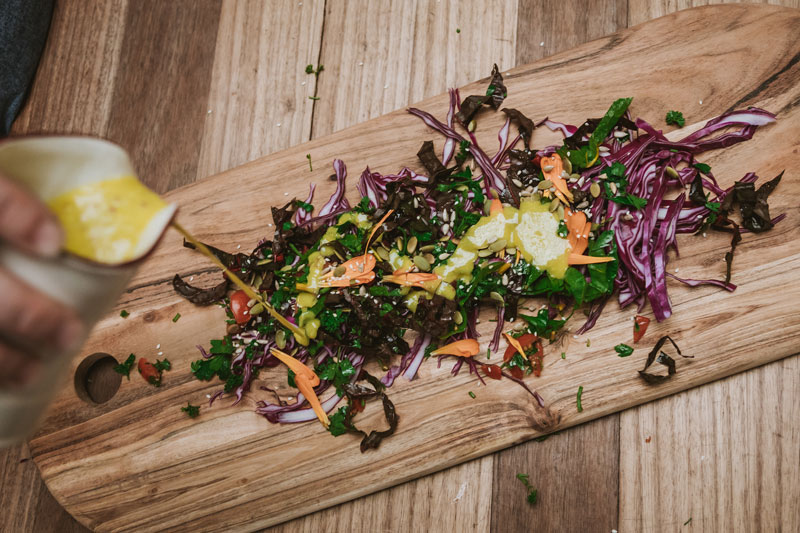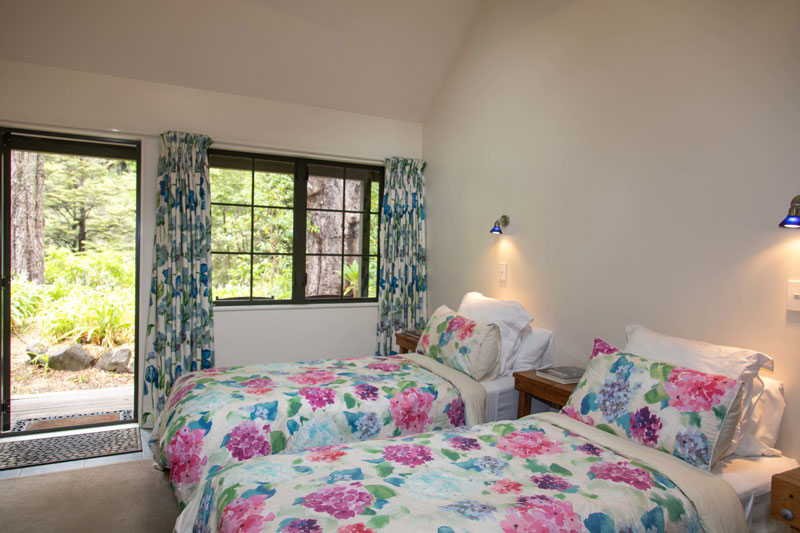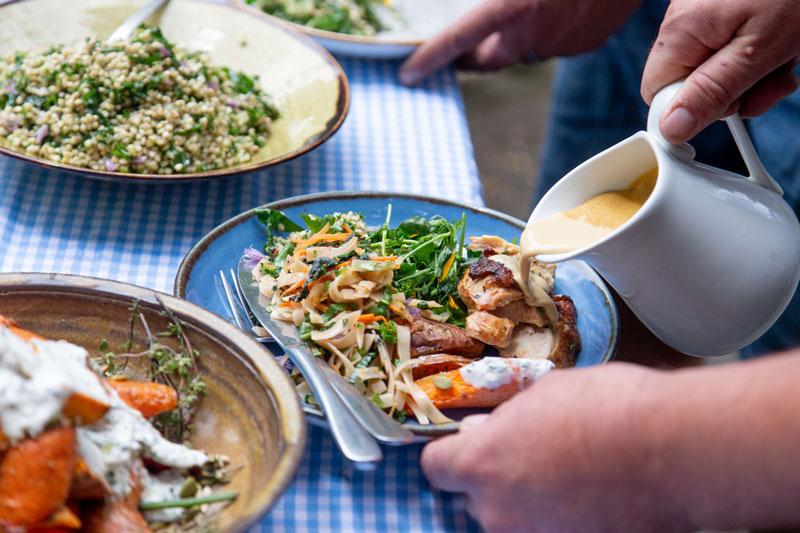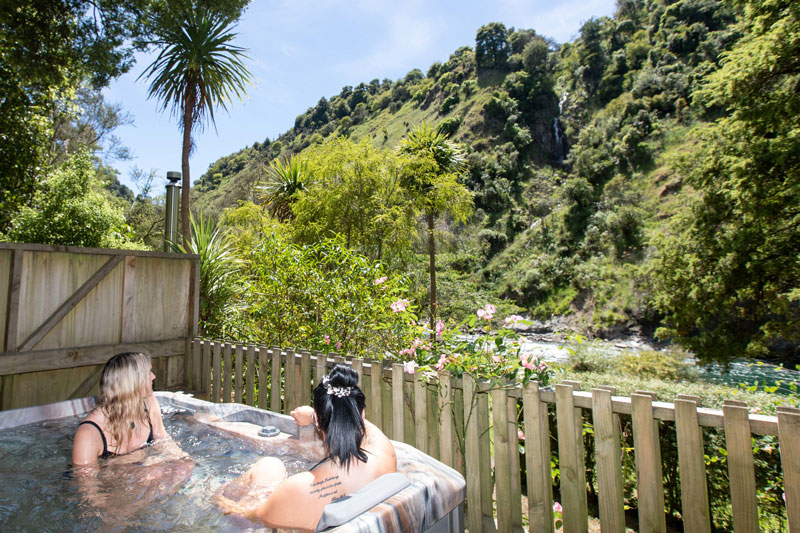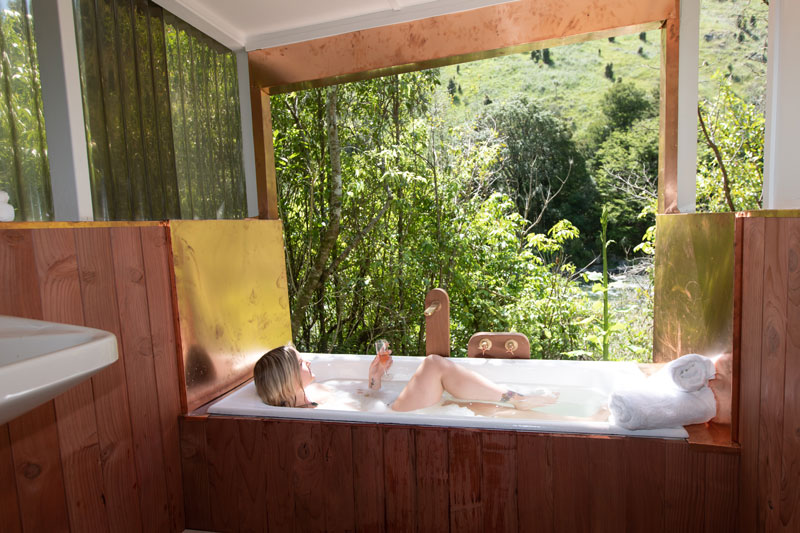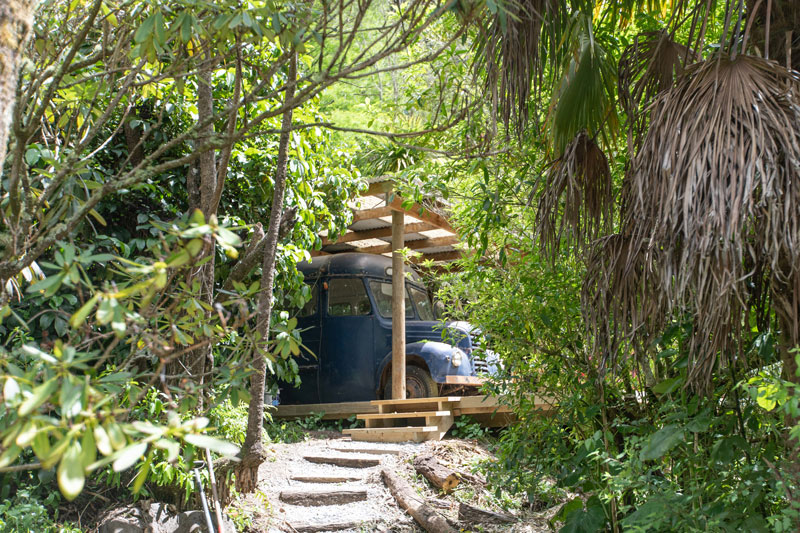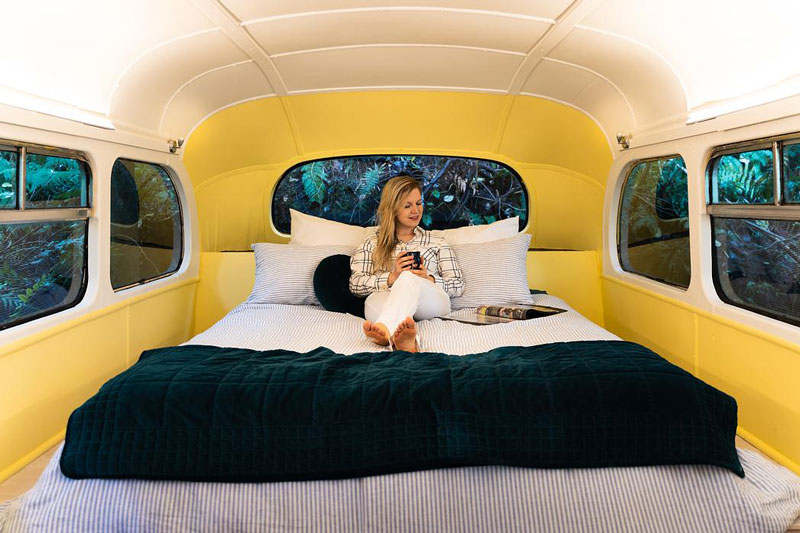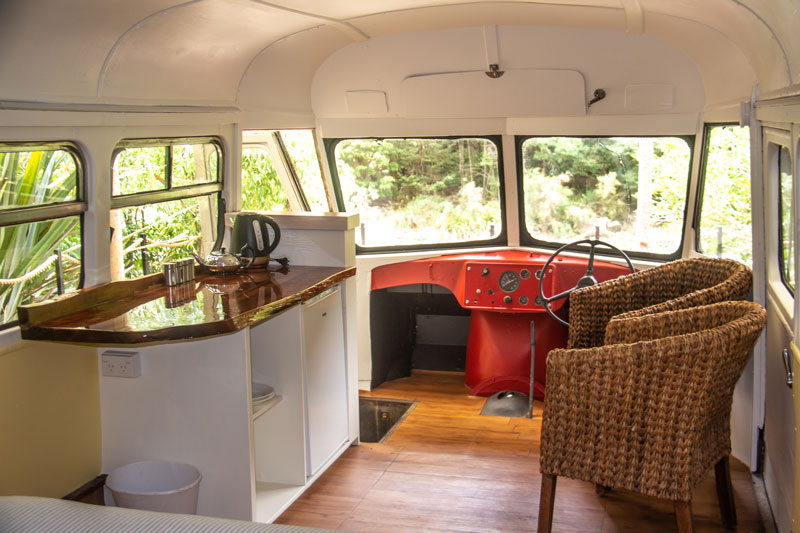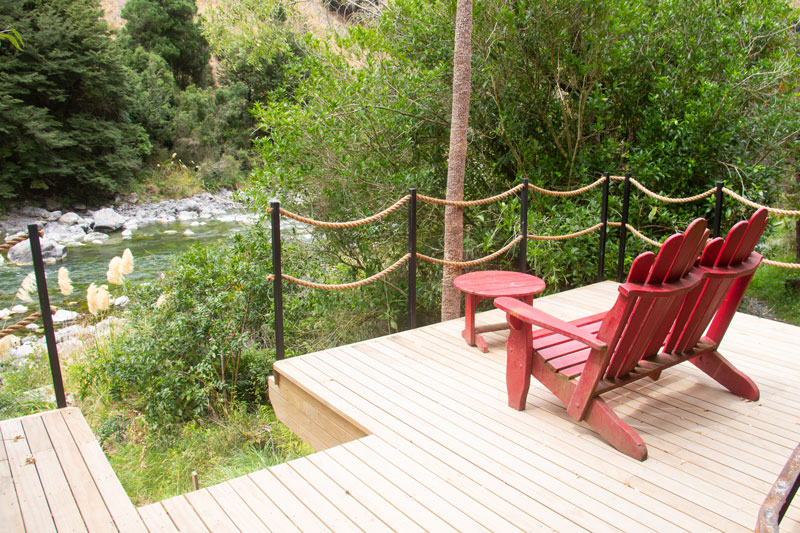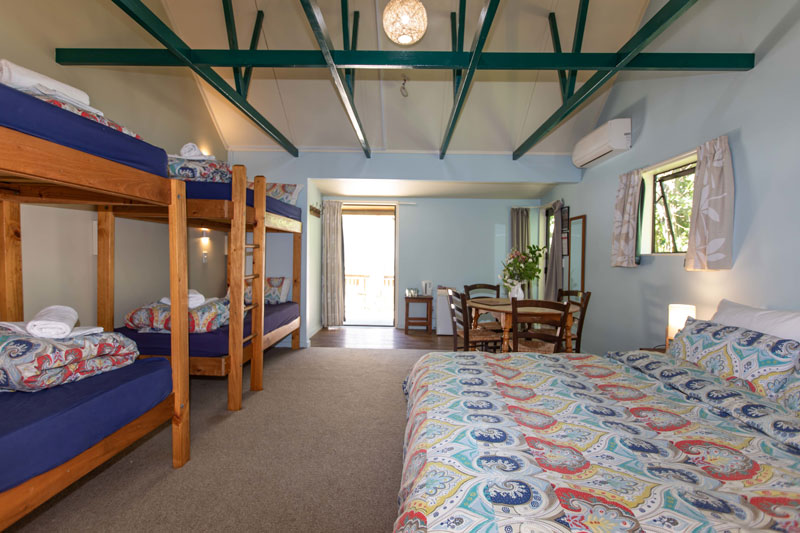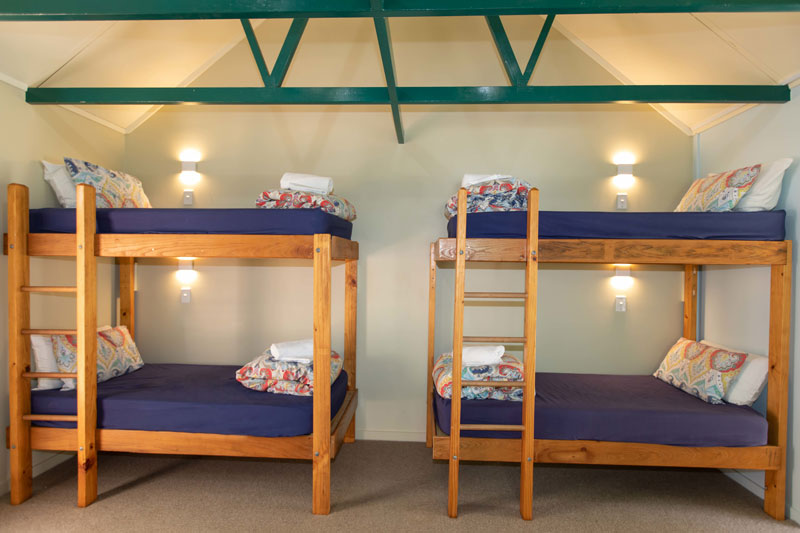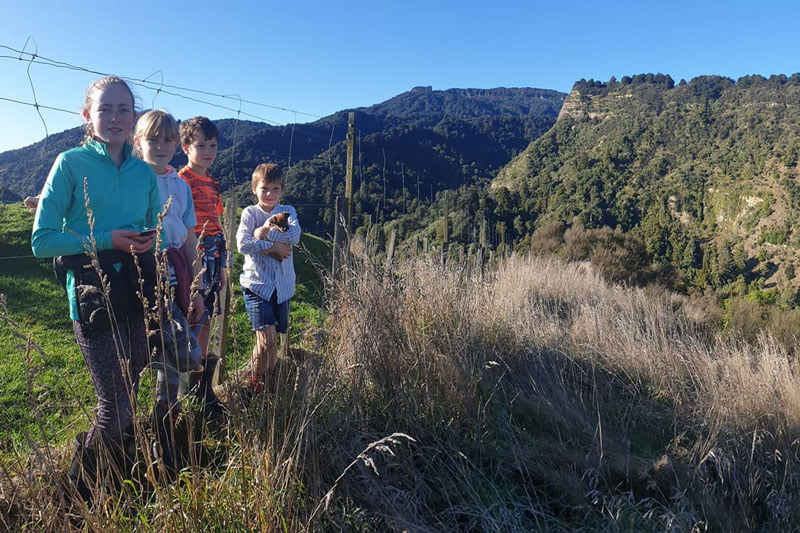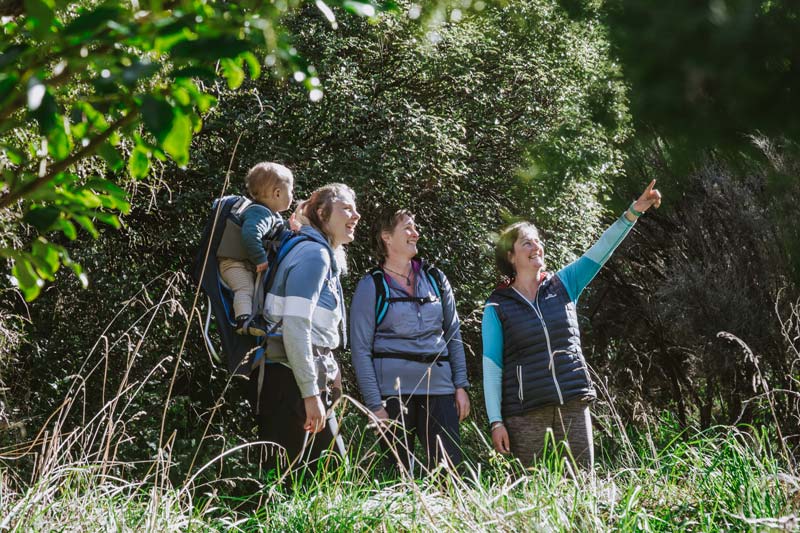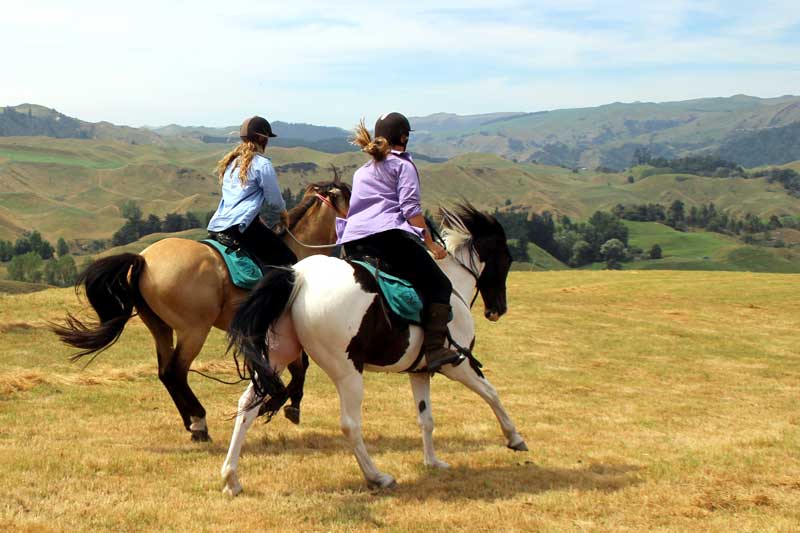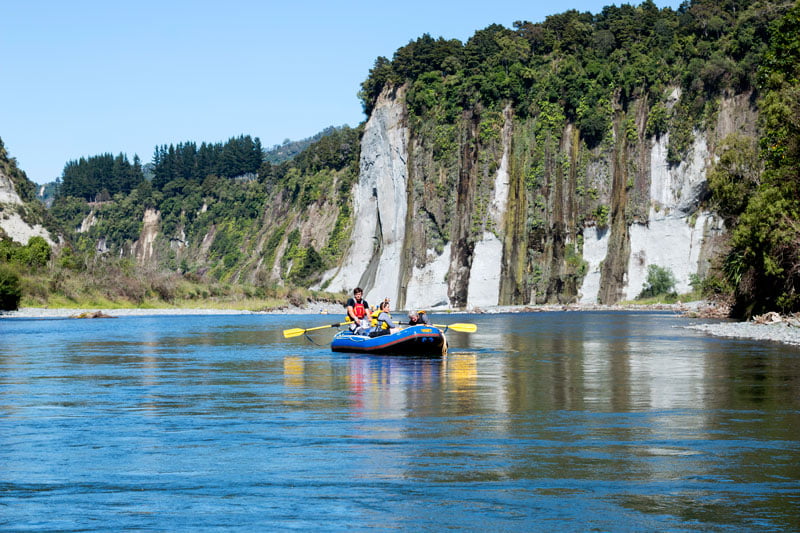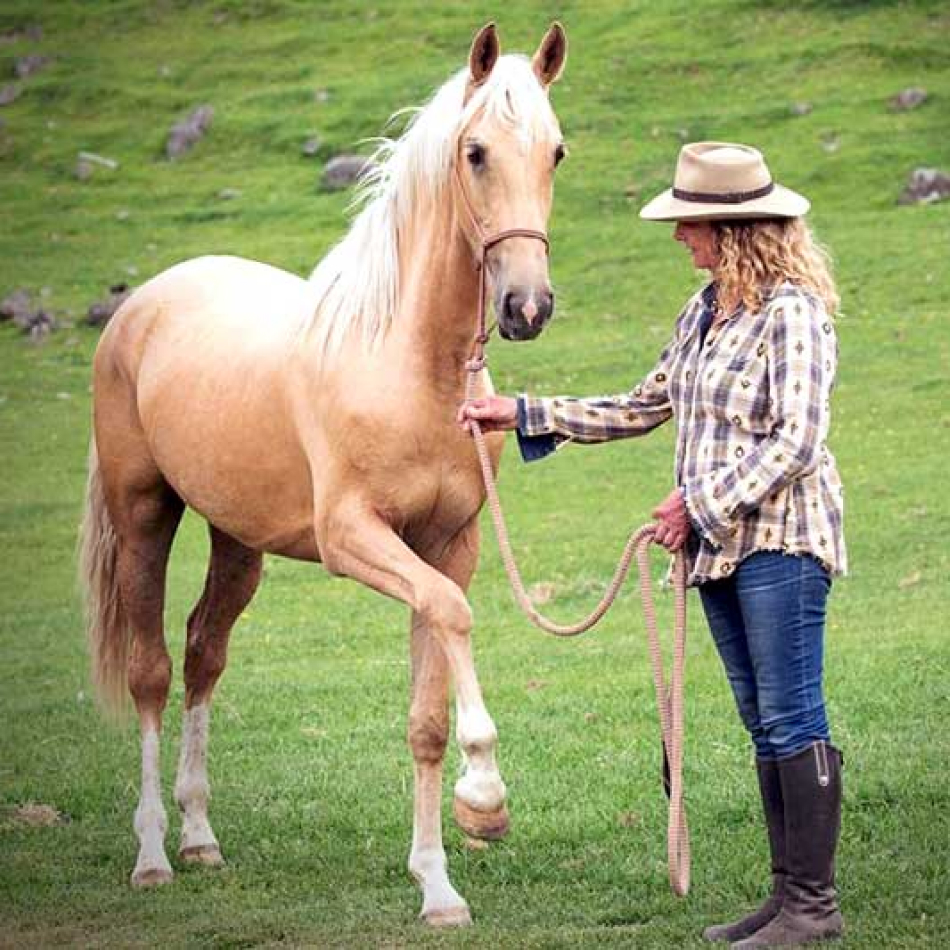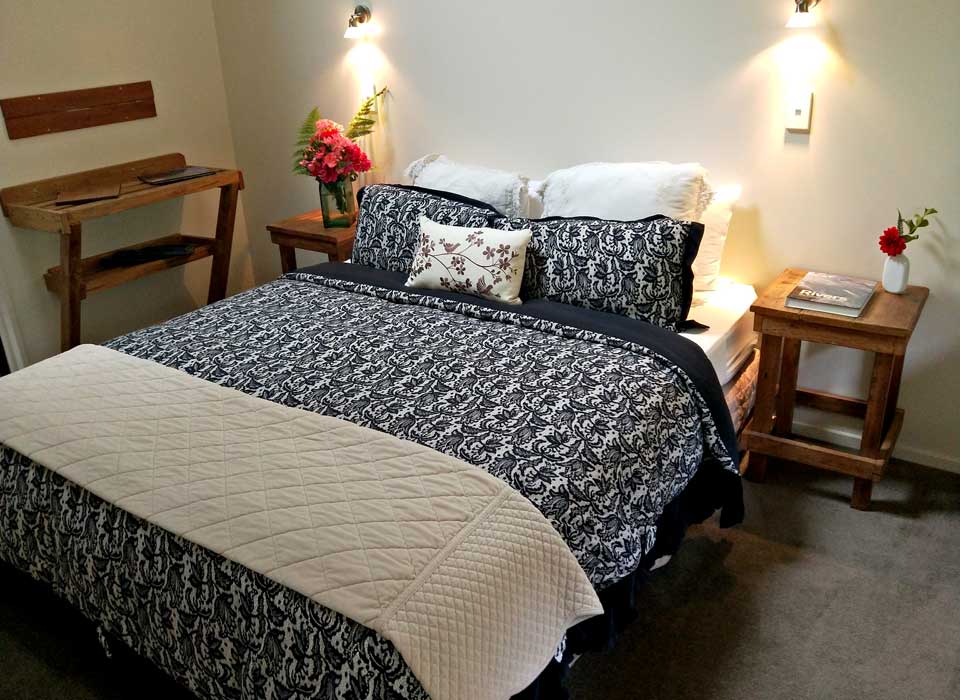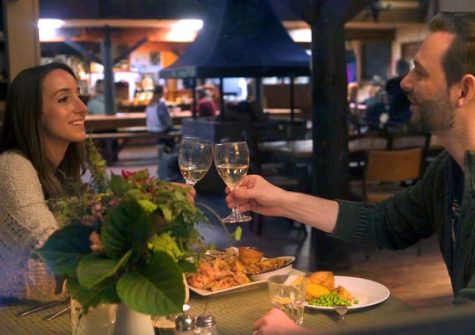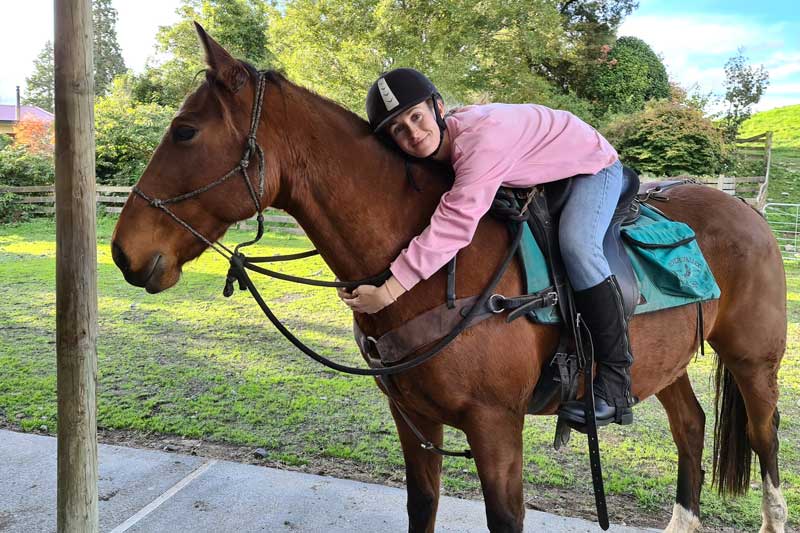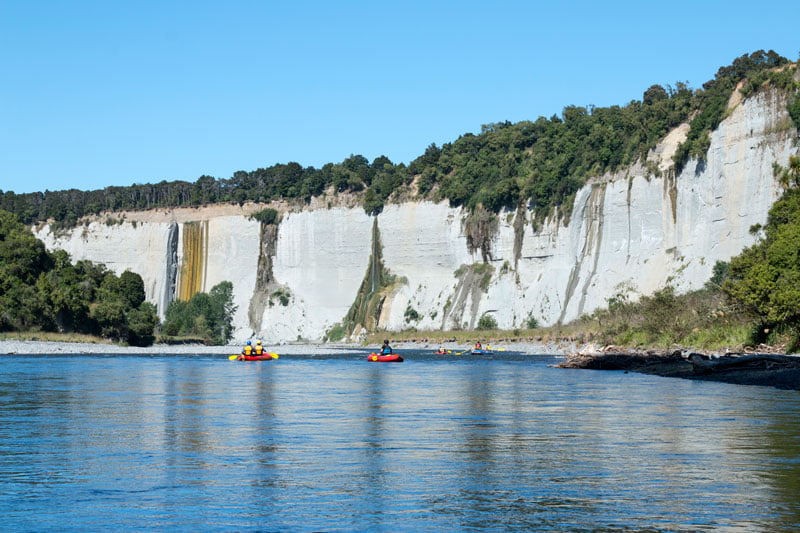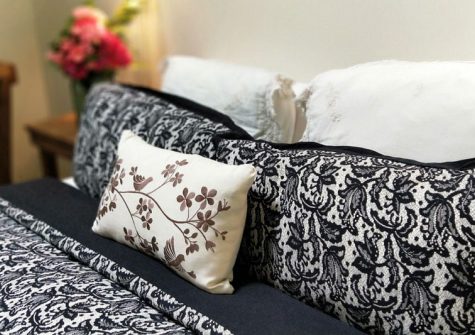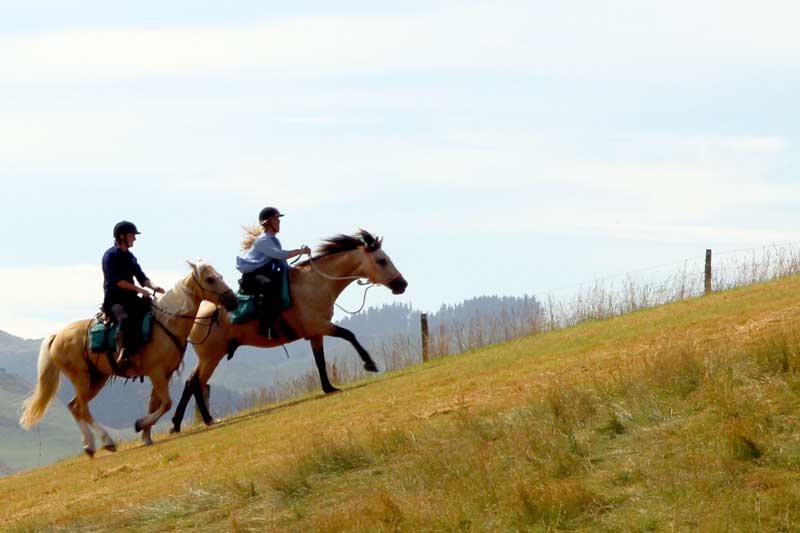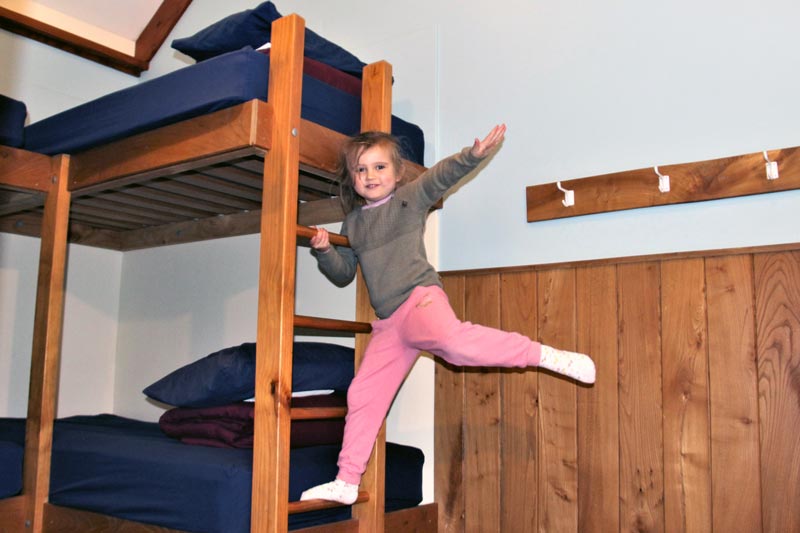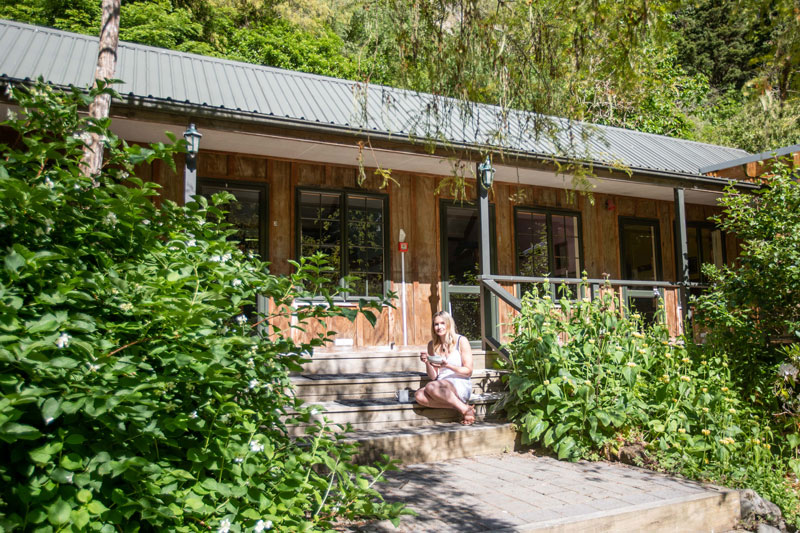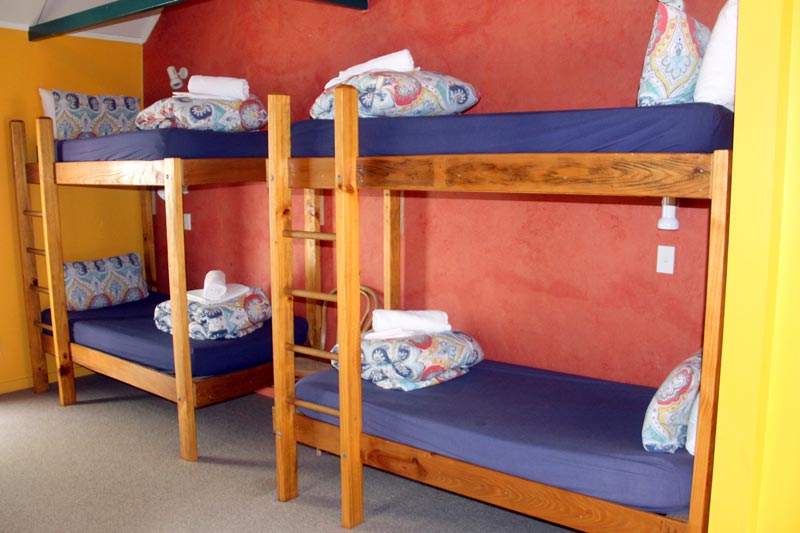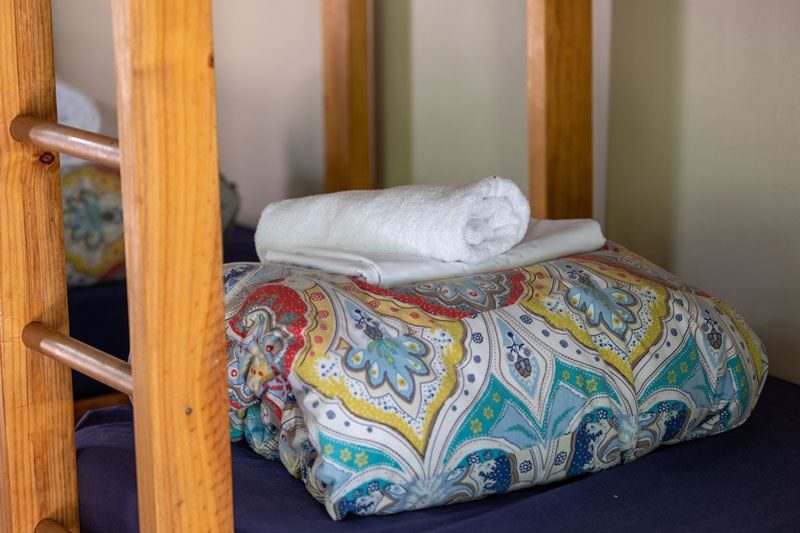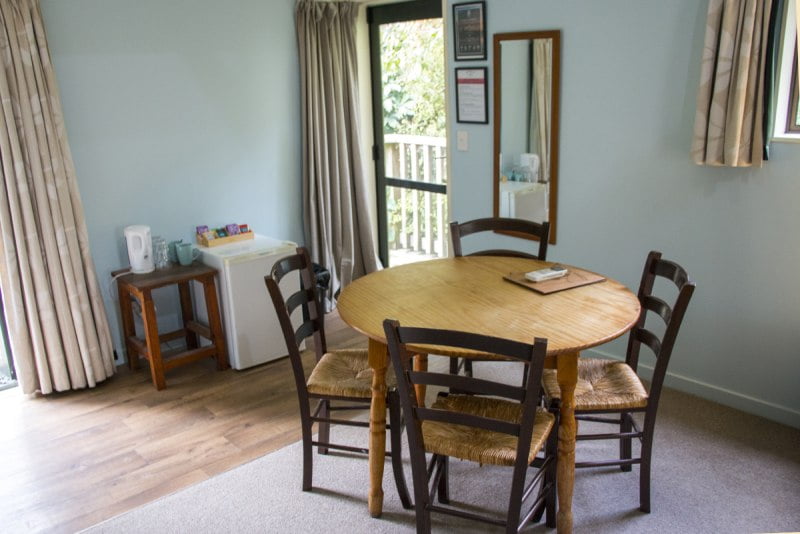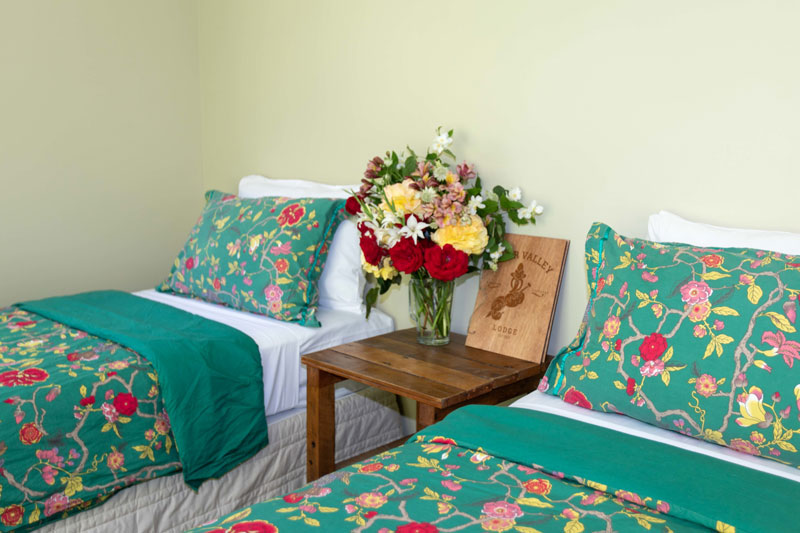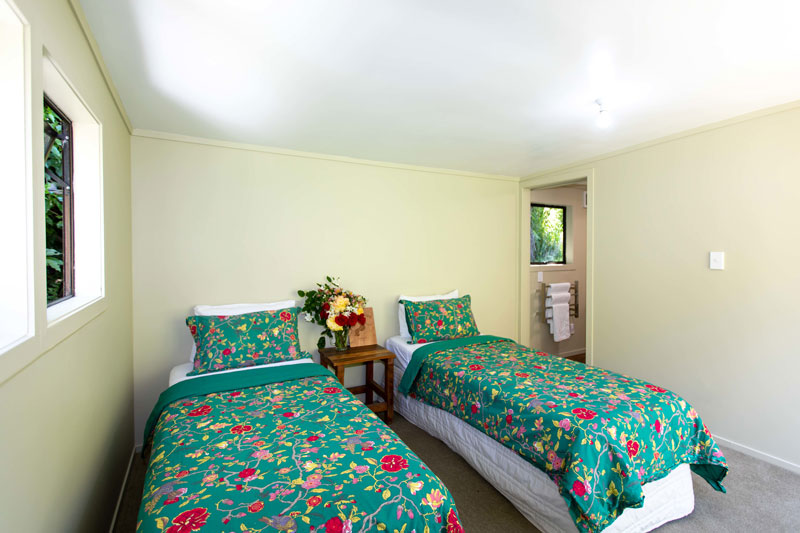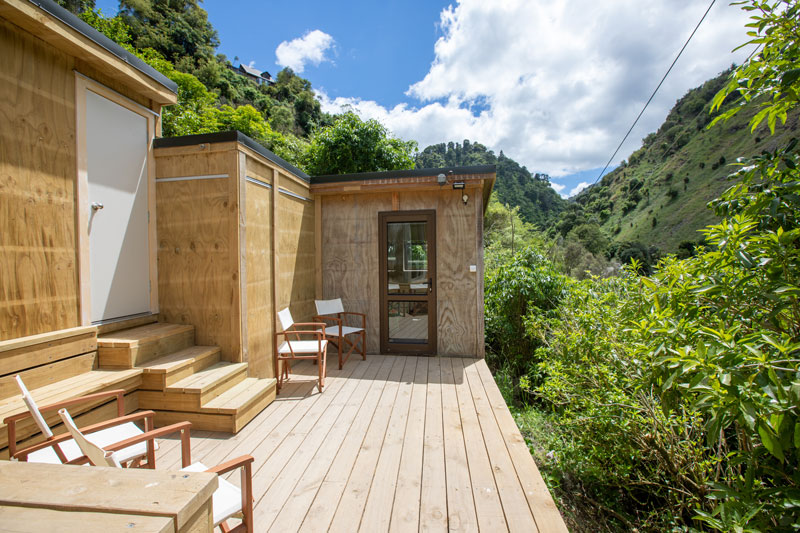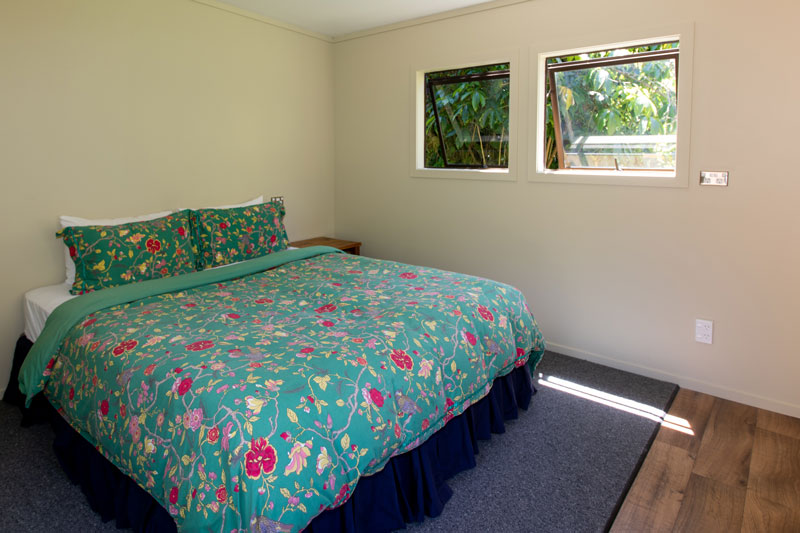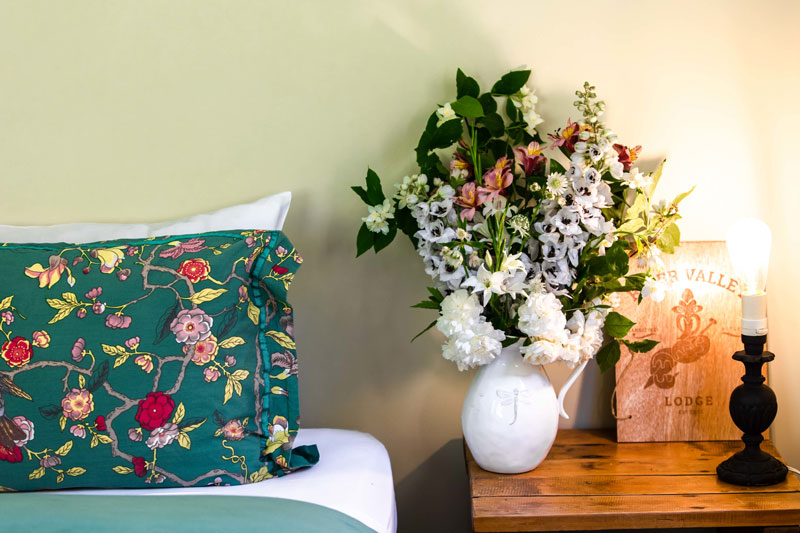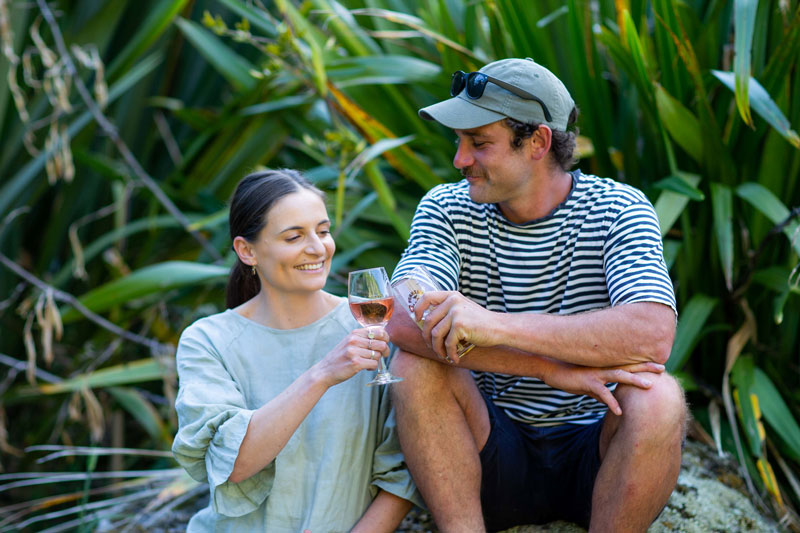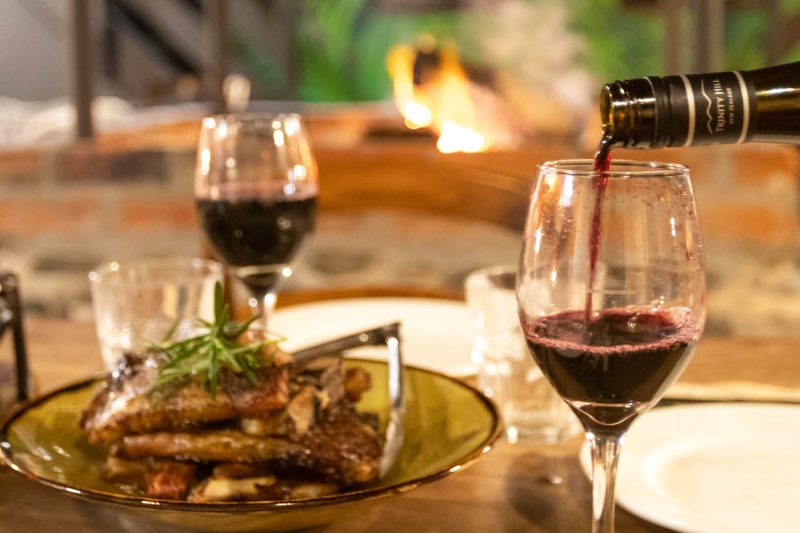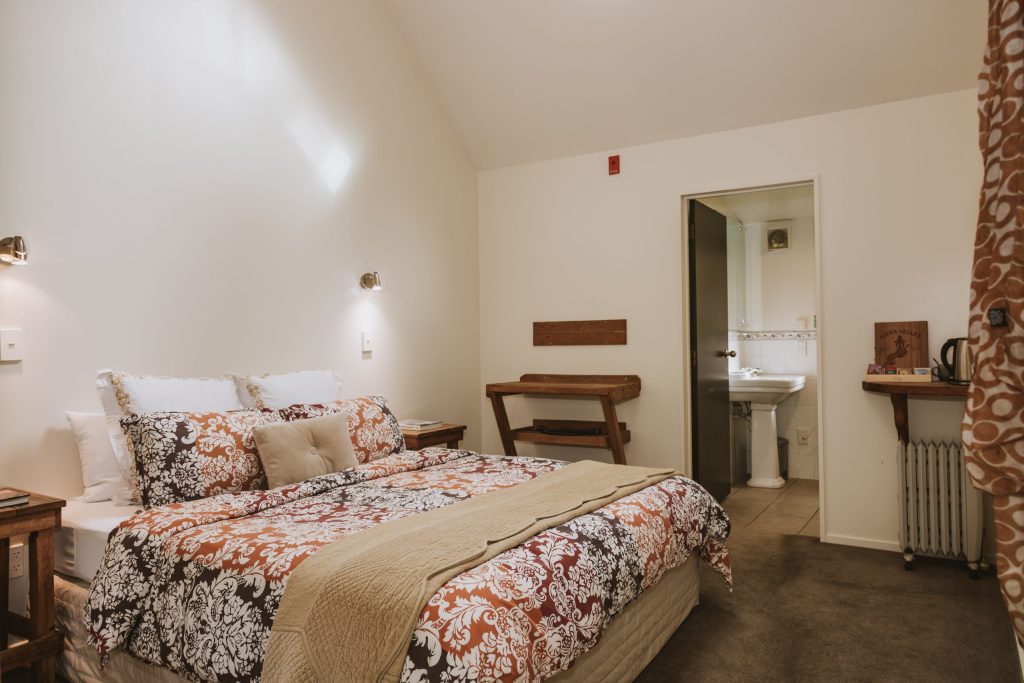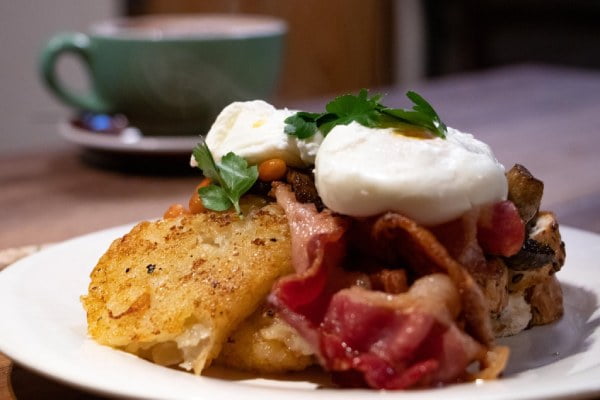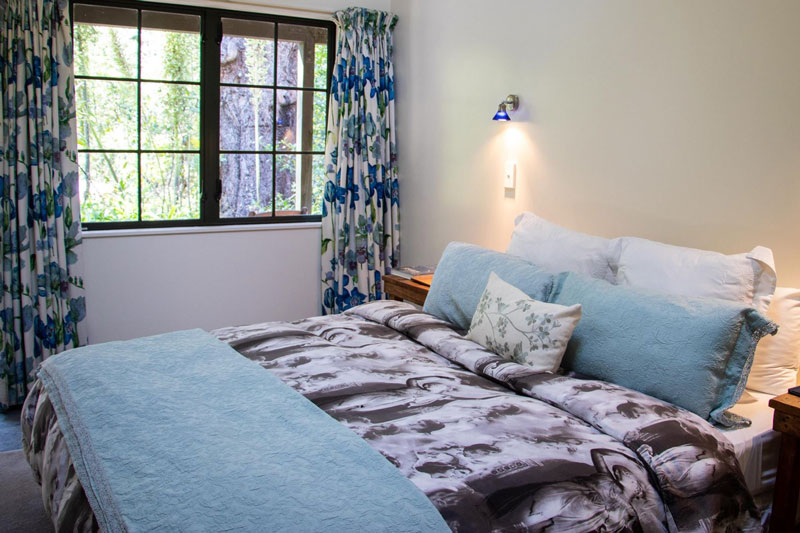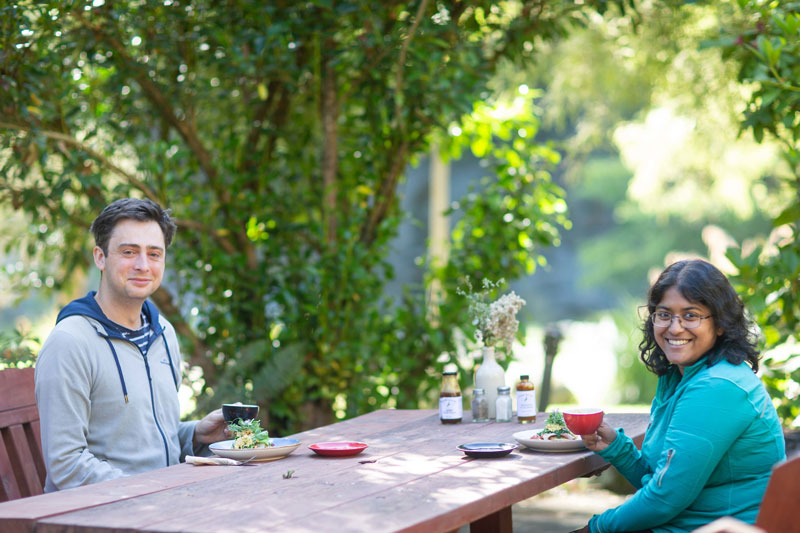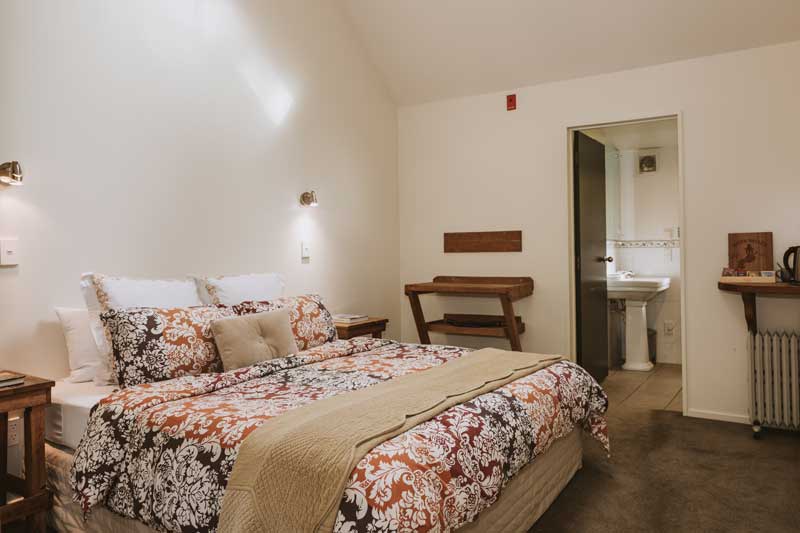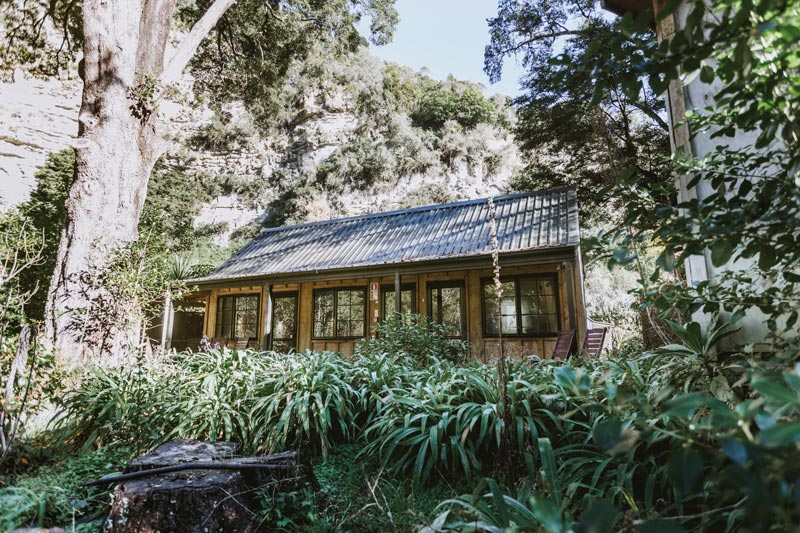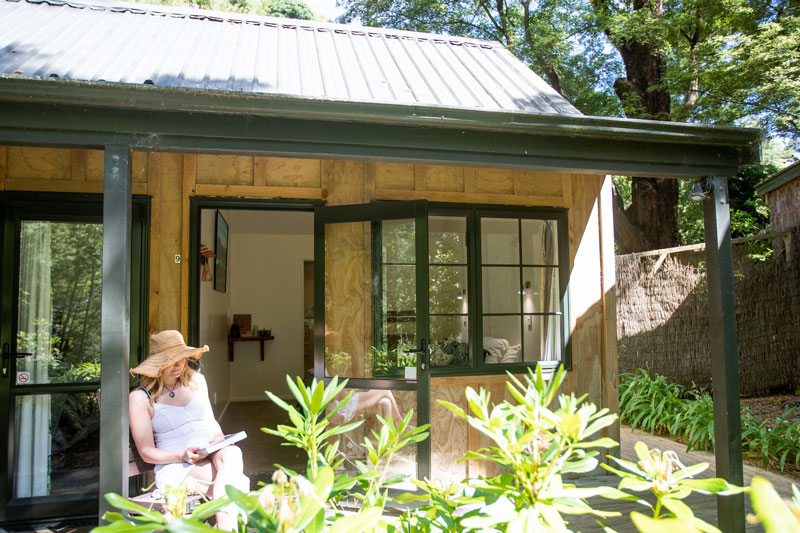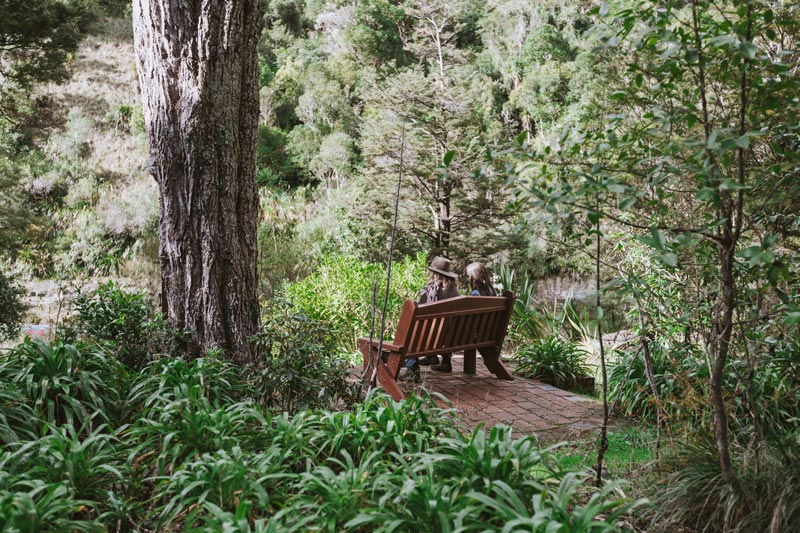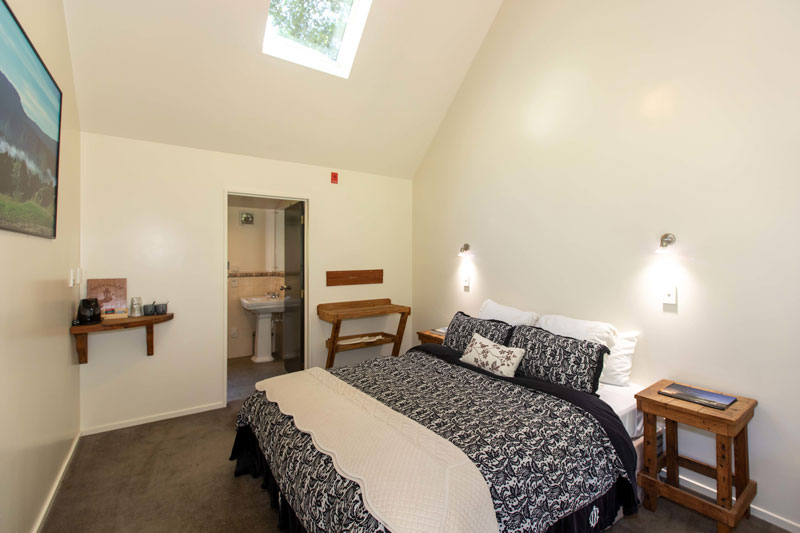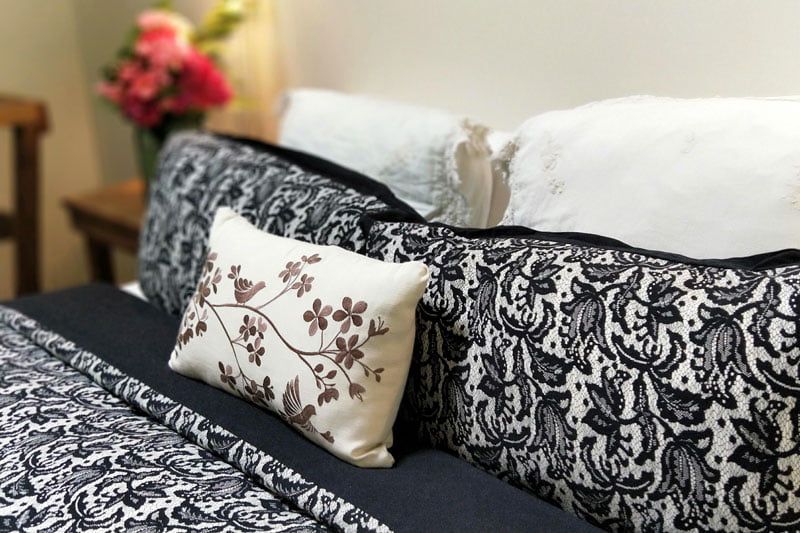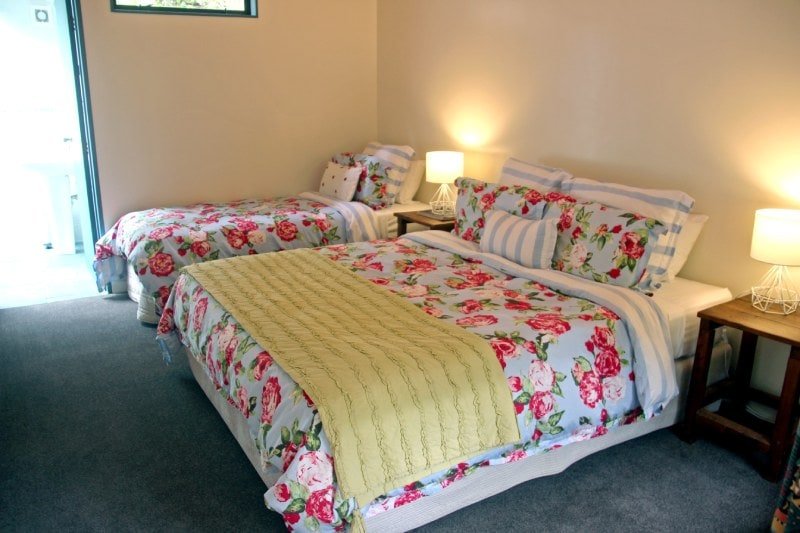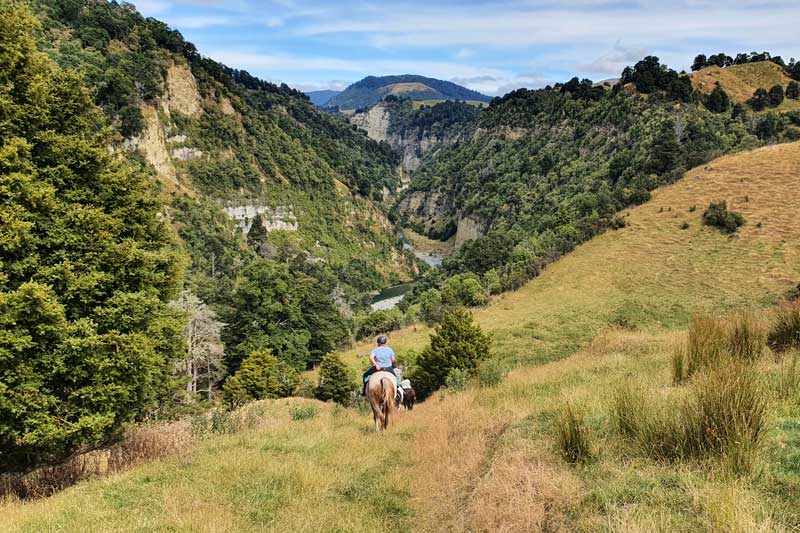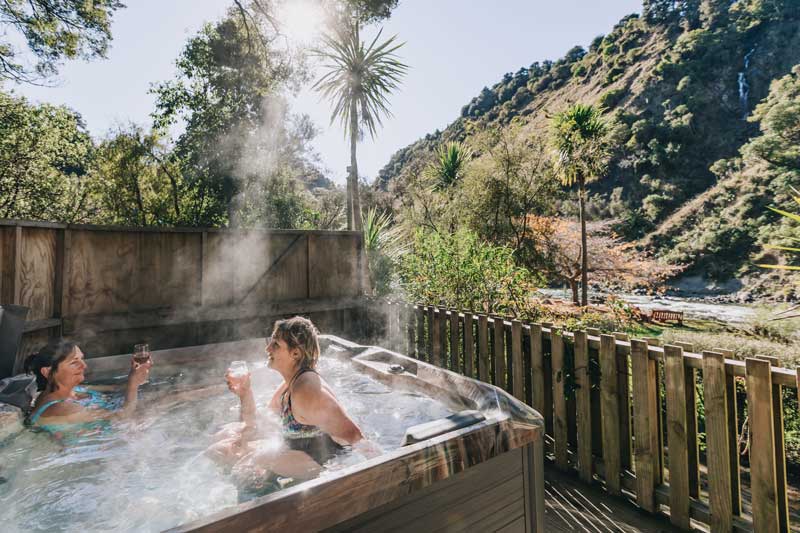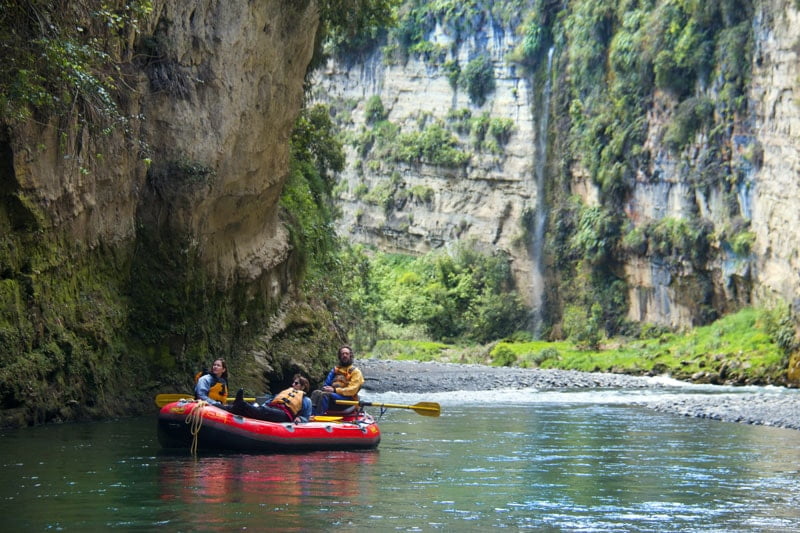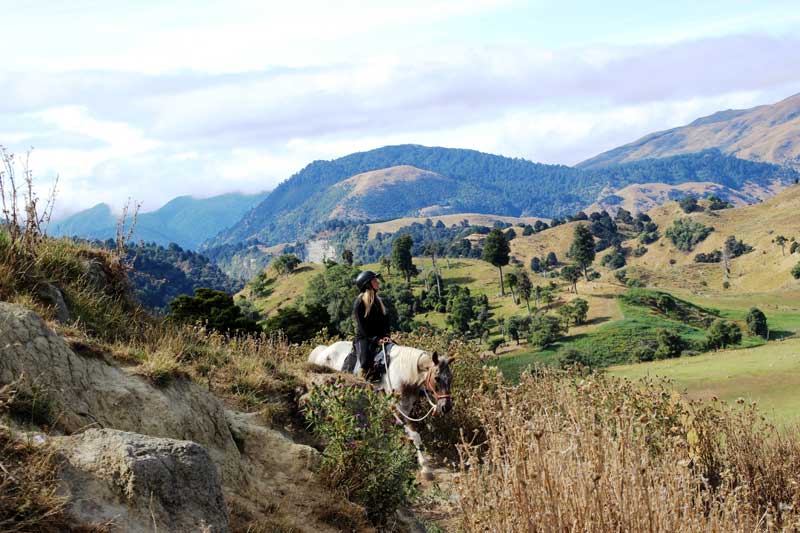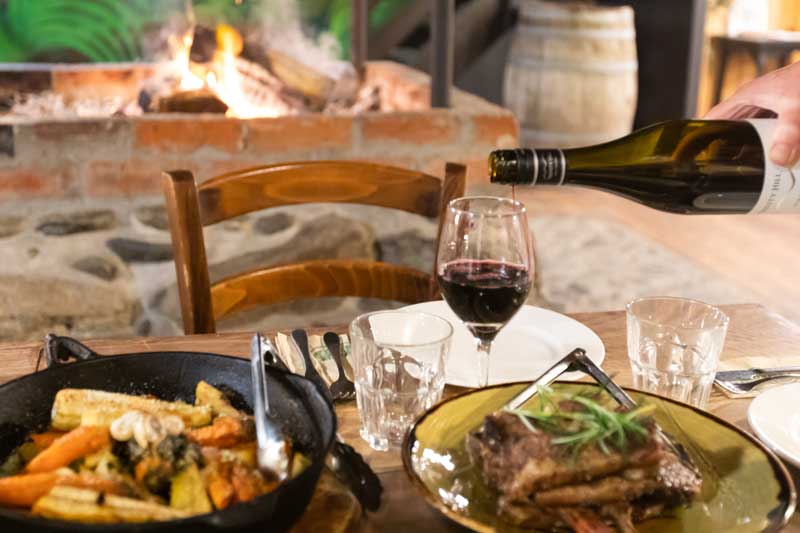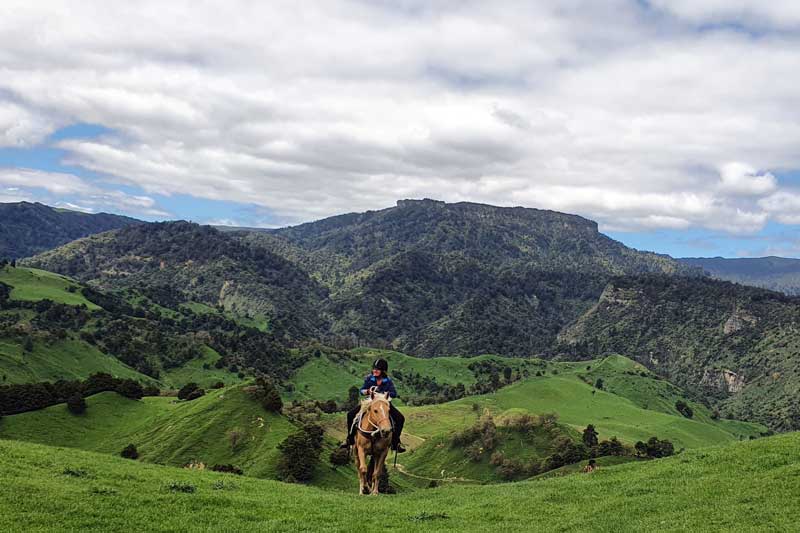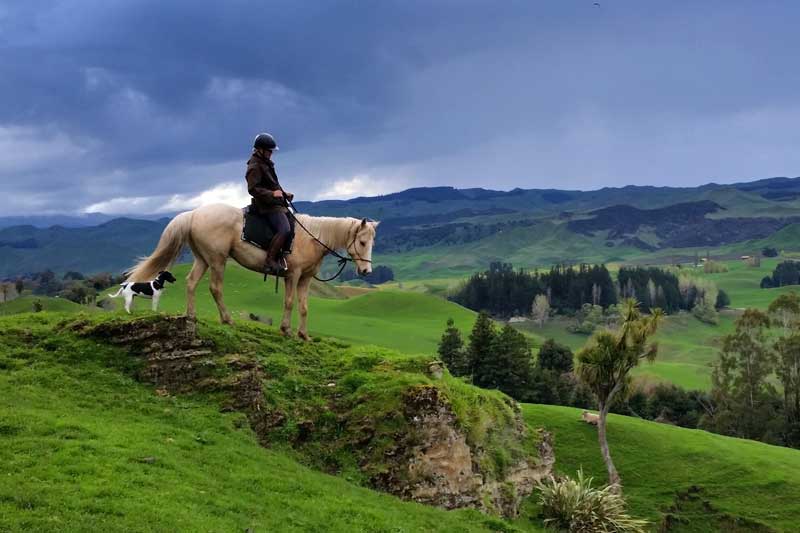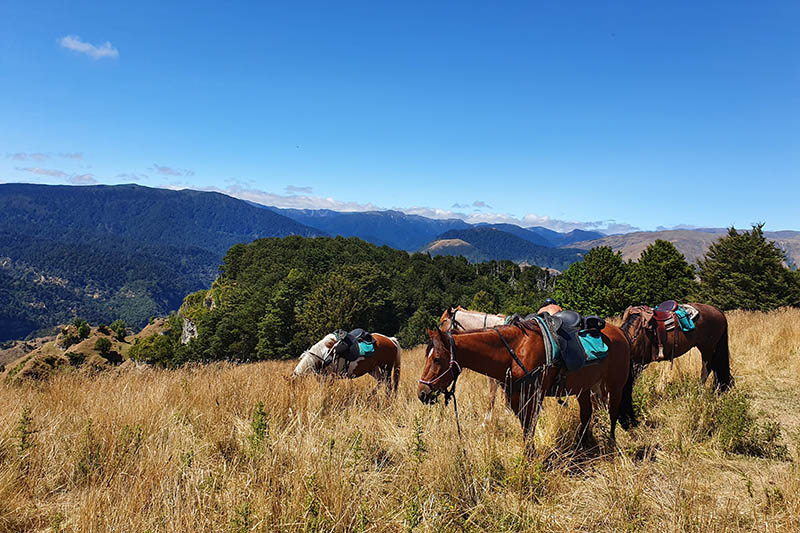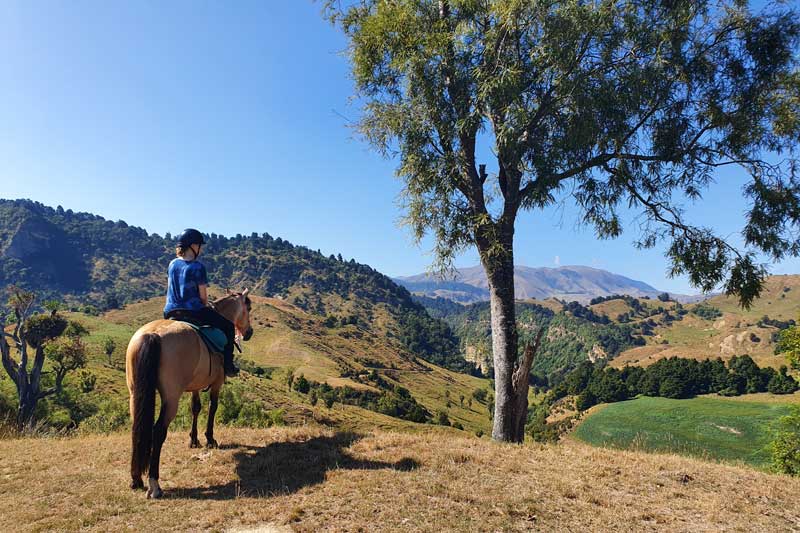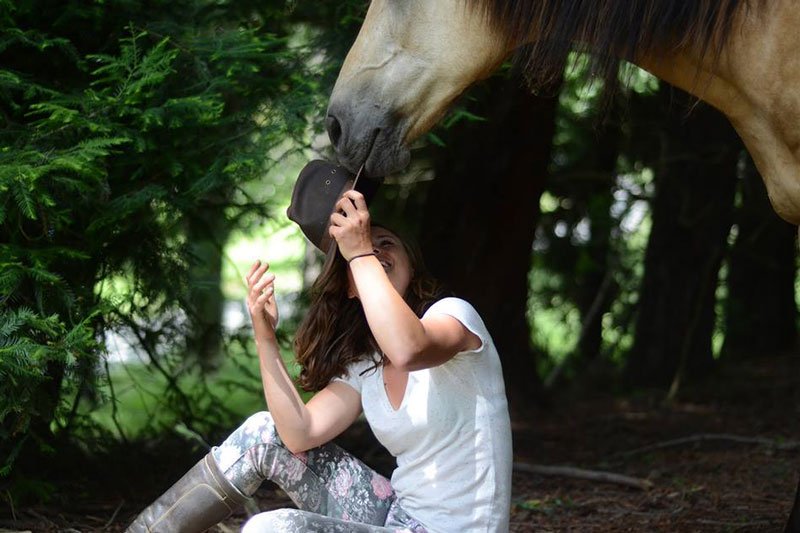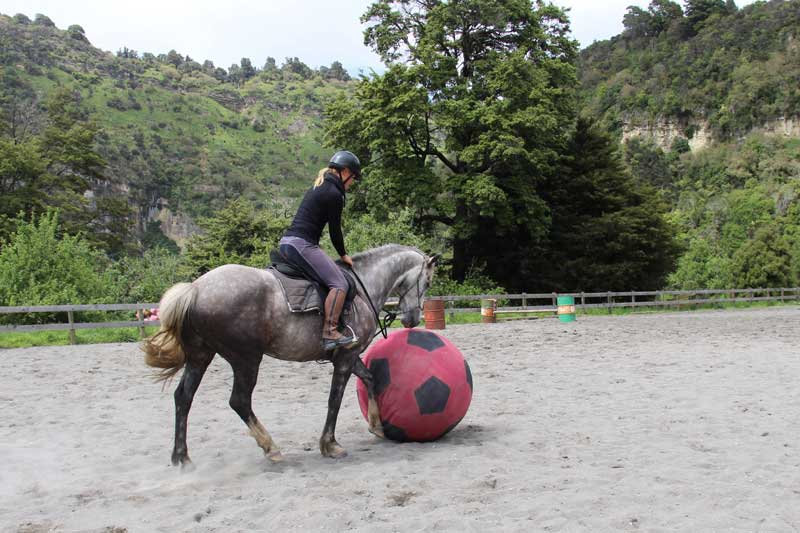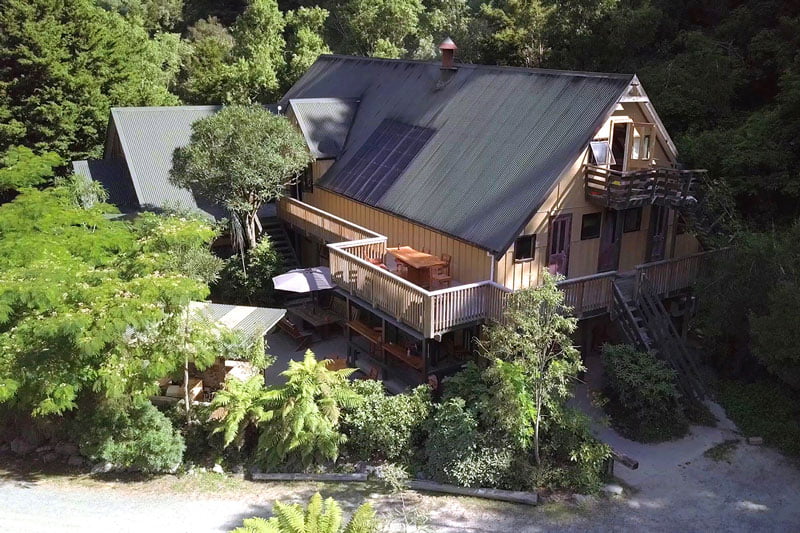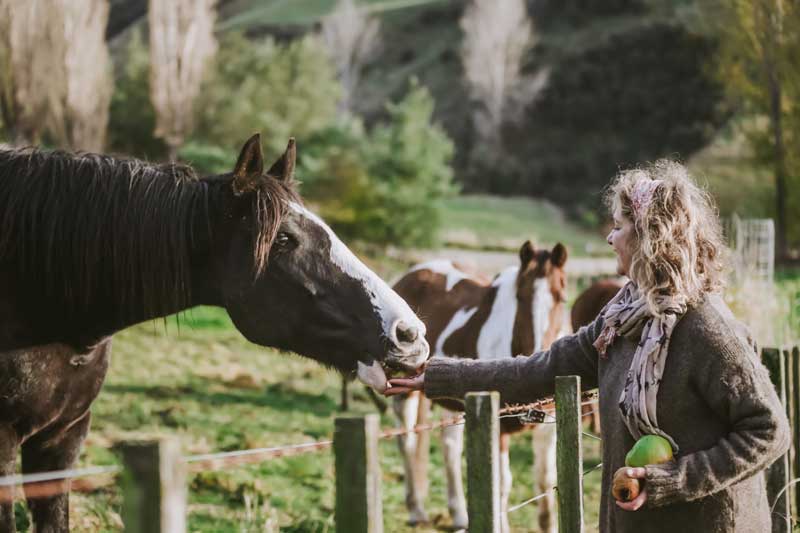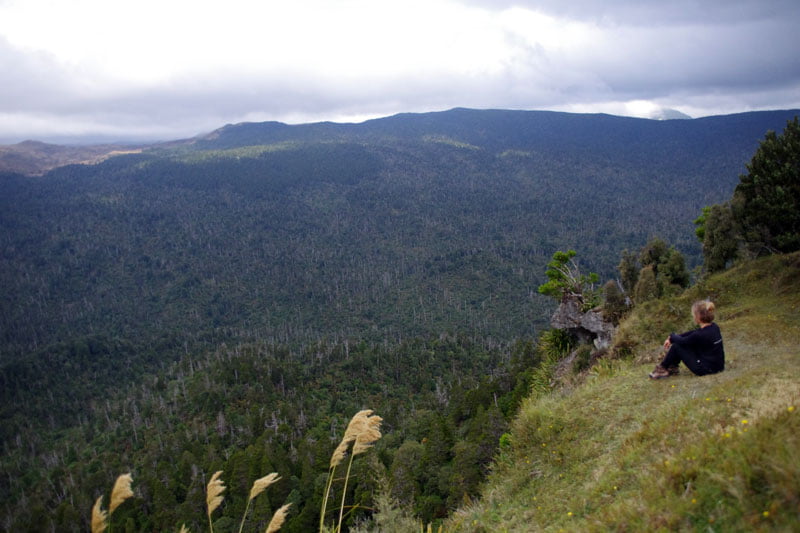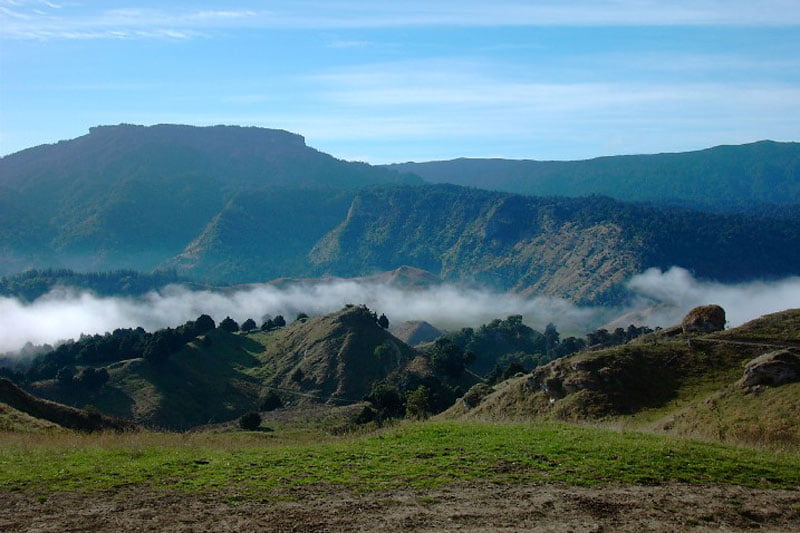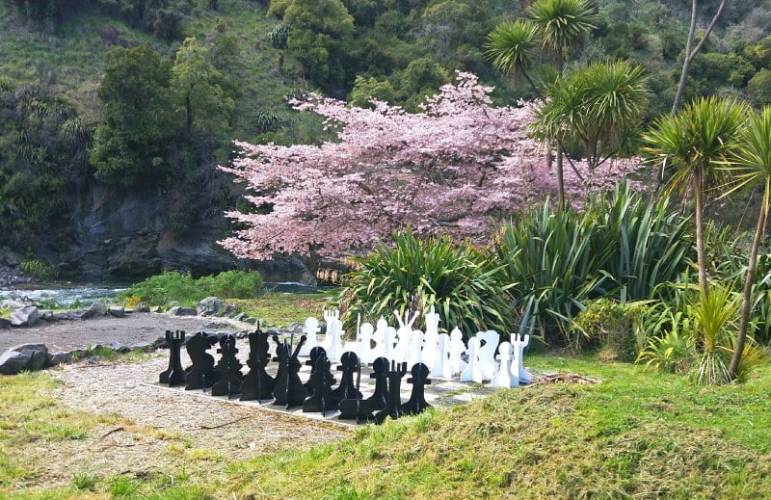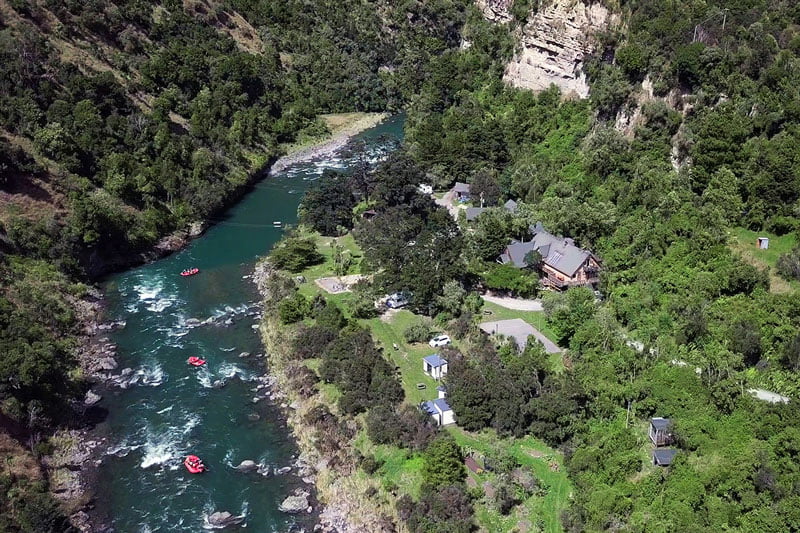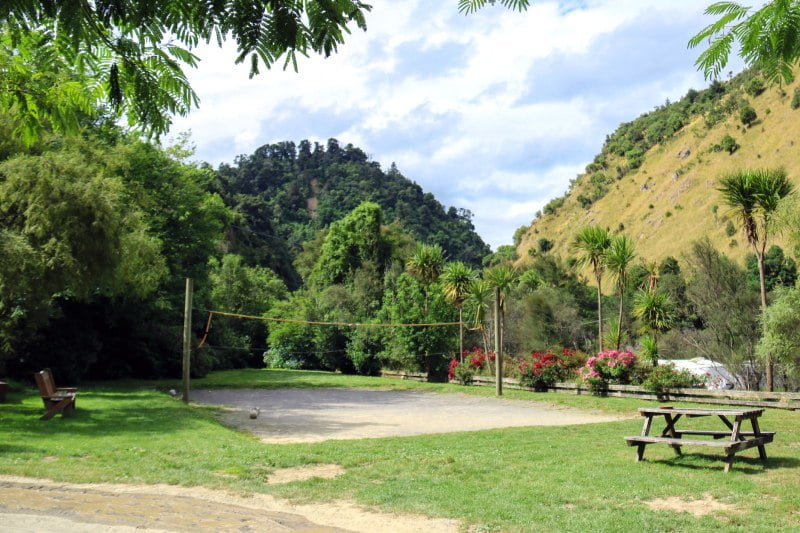How Do We Grow Our Vegetables?
It would be fair to say that when we started to grow more of our own vegetables, both for ourselves and our guests at the Lodge, we did not know a lot.
This post is about what we have learned, but also, about what we have not yet nailed down.
Let’s cover off what we have not got right yet.
The first of these is having seedlings coming on as required.
Early this season we realised that the small propagation house we had originally built a couple of years ago was not up to the task of growing the number of seedlings we now require. Not only did it not have space, but it was not suitable for getting very early seedlings going. This latter point we have not yet truly sorted. An option would be to grow early seedlings on heat mats in our lounge, but I have a feeling that Nicola may not be that enthusiastic on that idea.
Action had to be taken, and it was. A new tunnel house was ordered from Redpath and quickly erected on site. Roger built the shelving, and we were in the seed raising business!
We still have a way to go. I read about other small organic growers who are getting up to 3 crops from a bed over a season. We get between one and two, so some better planning around getting seedlings coming on is a priority.
The rest of this post covers how we go about growing a crop. The following is what we presently do, and it may change tomorrow if we learn other ways that work better for us.
- Bed Size – We work on 10 square metre beds. Our older beds are 1 metre wide by 10 metres long, which we have found is a bit too wide to comfortably work. New beds are 14 metres long by 750mm wide. This is an easier width to work with. We have approximately 300 square metres under cultivation. Paths between beds are covered in pine peelings.
- Soil Care – Our beds are no dig. That is we do not turn the soil over, rather compost and any soil amendments are added on top of each bed and then using a tilther worked into the surface. A 25mm to 50mm layer of compost is added at least once per year.
- Aeration – Once a year each bed is aerated with a special large garden fork. Again the soil is not turned over, rather just levered.
- Compost – for the most part we make our compost. The basis for this is wood chips that we have chipped on-site, augmented with a truckload per year of well-rotted pine peelings. To this we add green material and also animal manure. A pile is left for 18 months to 2 years before use. It is turned at intervals.
- Propagation – we use a mix of plants that we have grown from seed and seed we direct sow into the garden beds. The seed trays we use are 60 pottle plastic trays.
- Seeding – presently we use an Earthways seeder to sow our directly seeded row crops – i.e. carrots, parsnips, corn, beans and peas etc. On the wish list is a 6-row seeder and maybe a Jang seeder. Bit pricey though.
- Weed control – we solarise all our beds with plastic tarps to have clean beds when we start. These plastic tarps encourage weed seeds to germinate, then with the absence of light they die. Beds are also kept drier and warmer for Spring planting. We are still working on getting our timing right around weeding. We still seem to do too much weeding rather than quick cultivation earlier in the weeds life cycle.
- Plastic covered Cloches and Insect Mesh – we use both. The insect mesh keeps most of the nasties away and lifts the temperature inside the tunnel by a couple of degrees, while the cloches allow us to get plants going outside earlier than would otherwise be the case.
- Irrigation – three years ago we put a storage pond in and this is where most of our irrigation water is sourced. We use a mix of drip lines and soaker pipes.
In a nutshell, the positives – we are getting better at growing great tasting nutritious vegetables
In a nutshell, the negatives – we still do not plan well enough. We have yet to master having seedlings coming on when we need them.
Ah, but next year we will have it nailed – right?
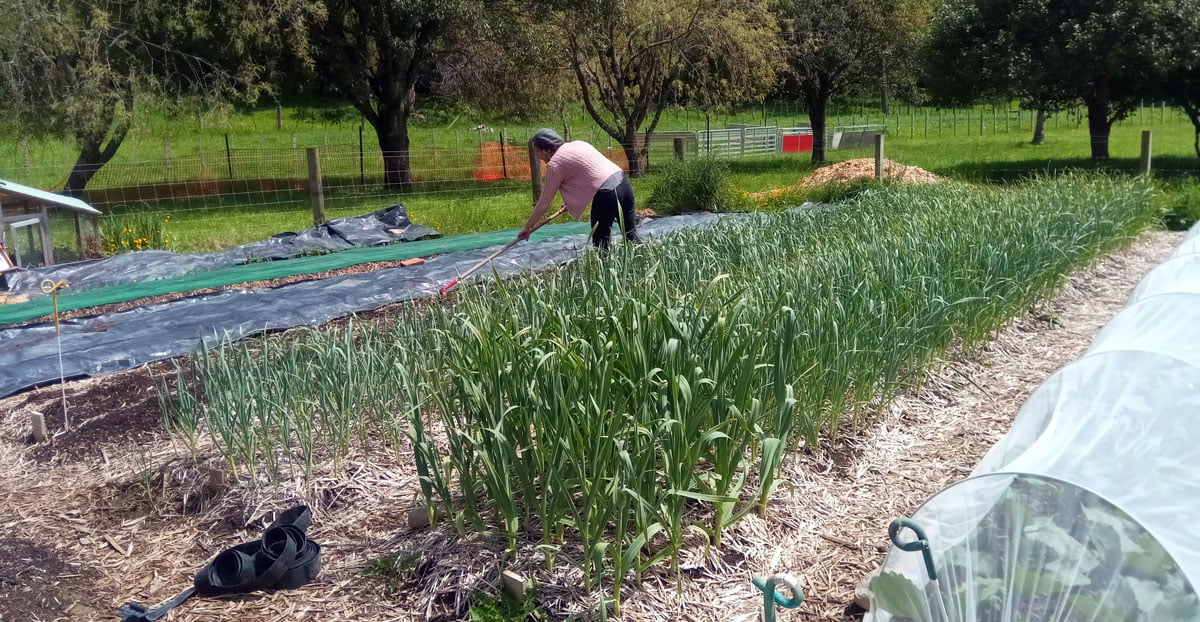
Melissa hard at work in the veggie garden

